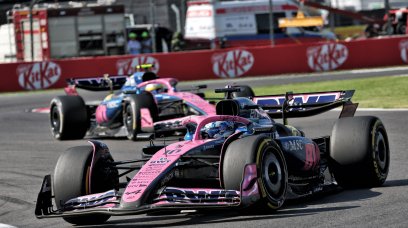After the 1994 San Marino Grand Prix – the weekend in which Ayrton Senna and Roland Ratzenberger both suffered fatal accidents – Formula 1's previously disbanded drivers' union was resumed. At the so-called Grand Prix Drivers' Association (GPDA), drivers can advocate for their own interests, especially with a view to safety in F1. Since then, the union has proved to be very important, with an example being its role in regards to the introduction of the Halo in 2018. Speaking to RacingNews365.com , Alexander Wurz, Chairman of the GPDA, explained the importance of drivers being able to say what they think outside of their teams. "[We] have neutral people, and we definitely as the GPDA are absolutely a neutral organisation," he said. "[The GPDA] filters out any performance advantages. Teams want for the driver [to] speak for the team officially, [but] here [it] can be filtered out. "They have no pressure of the team or the team's interests. They can anonymously, without [anything] being disclosed, say what they think."
Halo an example of what GPDA stands for
Wurz believes that the introduction of the Halo device in 2018 offers an example of how the GPDA can allow for drivers to voice their opinions. "For example, with the Halo, it was one of the [most] extreme debates [in F1]," the former driver explained. "Drivers didn't want to [share their views] in front of the team boss or in public. But, behind the scenes, they gave their opinion. "It was very clear that the GPDA was pushing incredibly hard for the Halo, and that's exactly what the organisation is here for." Being a member of the drivers' union is not compulsory for F1 drivers. However, since the start of 2018, all drivers are now members of the GPDA, and some names on the grid also hold key positions within the organisation. George Russell, for example, is currently a director of the GPDA, having taken over from Romain Grosjean when the Frenchman left Formula 1 after the 2020 season.
Most read







